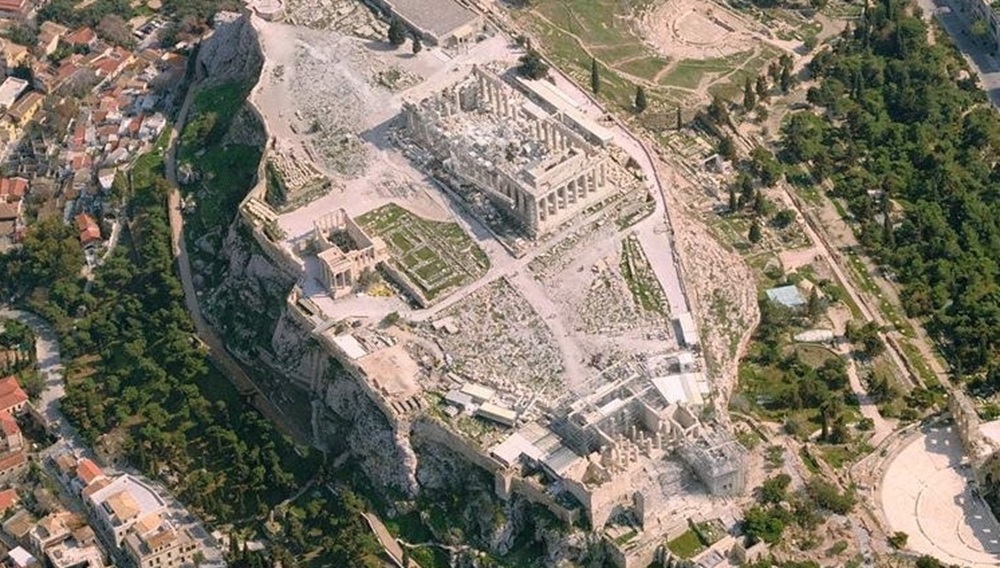
The Ministry of Culture, through the Ephorate of Antiquities of the City of Athens, is proceeding with the restoration of the Mycenaean wall on the eastern plateau of the Acropolis in the area of the Old Museum.
This project is a crucial step towards protecting and highlighting one of the most important surviving sections of the Mycenaean fortifications of the Acropolis Rock in Athens. For the first time, the eastern part of the plateau of the archaeological site will be restored, highlighted, and made accessible to visitors via the new route that will be created.
The Minister of Culture, Lina Mendoni, stated: “The Acropolis, apart from being a leading monument of classical antiquity, is also a place where evidence from different historical periods coexists and is preserved. With the restoration and enhancement of the Mycenaean wall, one of the best-preserved sections of the prehistoric fortification, and the creation of the new visitor route, we are preserving a unique monument. We are illuminating the history of the city over its long history, offering visitors the opportunity to learn about aspects of the history of the Acropolis Rock that until now remained unseen and unknown to the general public. The project is linked to the upgrade and reopening of the Old Museum for new uses, as well as to the ongoing restoration and enhancement of the Acropolis monuments. The upgrade of services provided to visitors to the Acropolis archaeological site has been ongoing since 2020. Recently, new routes have been added, such as the walk on the northern slope, which offer new experiences for visitors, while a new ODAP shop has also been opened, which meets the needs of this particular archaeological site. We are consistently implementing the intervention plan for the best possible protection and promotion of the monumental complex, the enhancement of the visitor experience, and optimal accessibility.”
The restoration of the Mycenaean wall near the Old Acropolis Museum was deemed necessary, as it protects and highlights one of the best-preserved sections of the Mycenaean fortifications of the Acropolis. Today, the area is not open to visitors, as it was mainly used for storing scattered architectural members. Upon completion of the works in the first half of 2026, the area east and north of the Old Museum will be opened to the public, while a special visitor route will be created, based on the study for the configuration of the eastern part of the Acropolis plateau.
The project involves the stabilization and restoration of two sections of the Mycenaean wall on the eastern part of the Acropolis plateau: Section A of the Mycenaean wall, located east-southeast of the Old Museum, with its foundations visible on the natural rock, and section B of the Mycenaean wall, located in the basement of the Old Museum, with its north-inner face visible. To assess the state of preservation in relation to the exposure of the two sections of the wall, the photographic archive of the German Archaeological Institute in Athens was used. According to the documentary material and the study for the restoration of the Mycenaean wall, six more scattered stones, found in adjacent locations, are attributed to the wall.
In parallel with the conservation work on the above sections of the Mycenaean wall, two sections of the foundation and two parallel walls of the Sanctuary of Pandion are being conserved in the area of the Old Acropolis Museum. All interventions follow the principles of respect for the historical phases of the monuments, reversibility of interventions, minimal intervention, and the safety of visitors and workers.

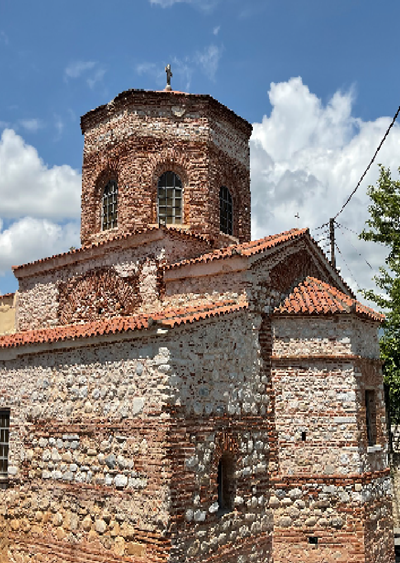
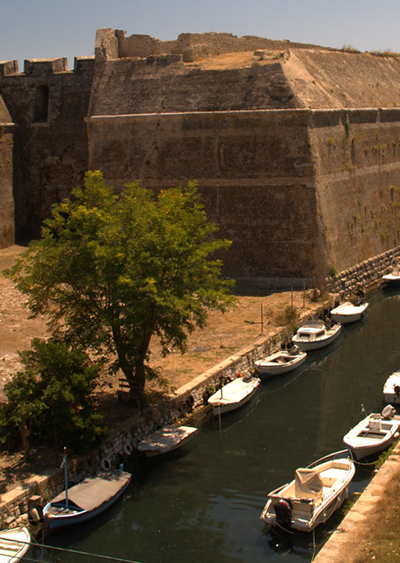
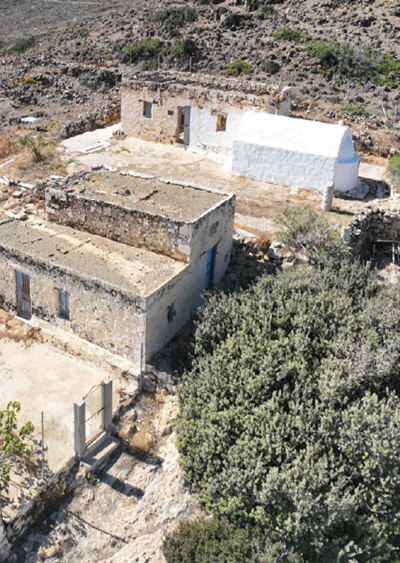
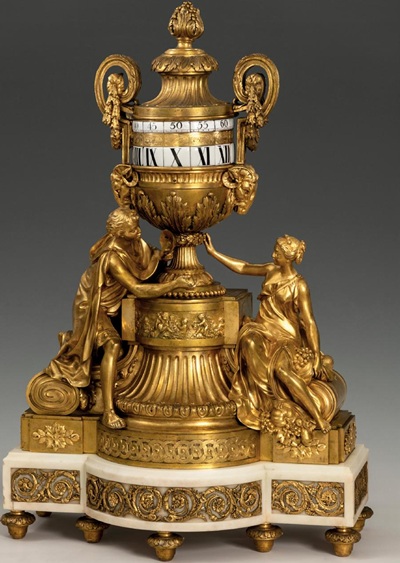


Leave A Comment